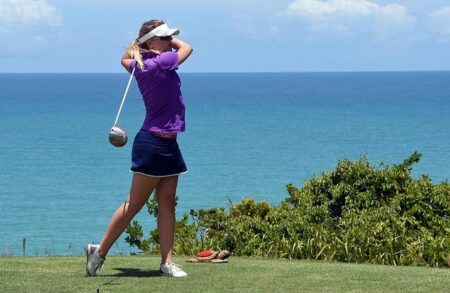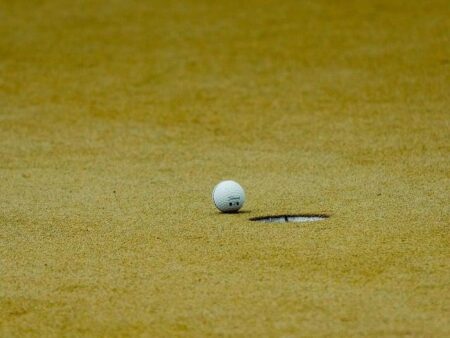Golf course management has long been a critical factor in a player’s success, but recent advancements in technology and data analysis are transforming how golfers approach their rounds. The emerging concept of “Smart Course Strategy” centers on calculating playable yardage with greater precision, allowing players to optimize shot selection, manage risk, and improve scoring opportunities. This article explores the latest tools and techniques that enable golfers-from amateurs to professionals-to measure distances more accurately and make strategic decisions that could redefine course play.
Understanding Course Layout and Environmental Factors Influencing Playable Yardage
Determining playable yardage extends beyond simply reading the number on the scorecard. The layout of each hole plays a crucial role in how golfers approach a shot. Elevation changes, doglegs, and hazards such as bunkers or water can either increase or decrease effective distances. For example, a 150-yard uphill shot demands more club and strategy than the same distance downhill. Understanding these physical attributes allows players to better assess risk and select the right club. Factors like fairway width and green size also influence options, with narrow landing zones requiring precision and affecting the way yardage translates into actual play.
Environmental elements further complicate this calculation. Wind direction and speed can add or subtract significant yardage in either direction, constantly shifting the course’s challenge. Temperature affects ball flight, with warmer air typically increasing carry distance. Additionally, turf conditions-whether soft or firm-impact roll-out, sometimes turning a wedge shot into a chip. Players should incorporate these variables into their mental map. The table below summarizes common environmental influences on yardage for quick reference:
| Environmental Factor | Effect on Yardage | Strategic Consideration |
|---|---|---|
| Wind (Headwind) | Increases effective distance | Club up or adjust trajectory |
| Wind (Tailwind) | Decreases effective distance | Club down; control shot |
| Elevation (Uphill) | Adds yardage | Use stronger club, expect less roll |
| Elevation (Downhill) | Subtracts yardage | Use lighter club, anticipate more roll |
| Temperature (Hot) | Increases ball carry | Adjust club selection upwards |
| Temperature (Cold) | Decreases ball carry | Expect reduced distance; club up |
Optimizing Club Selection and Shot Planning for Accurate Yardage Execution
Accurate yardage execution begins with a thorough understanding of your clubs’ distances under varying conditions. Before stepping onto the tee, players should perform a realistic appraisal of their typical shot lengths, incorporating factors such as wind, lie, and course elevation. Prioritizing consistency over maximum distance allows for smarter decisions, avoiding risky shots that could lead to lost balls or penalties. Use a rangefinder or GPS device to confirm distances to critical points on the hole, ensuring your club choice aligns with genuine, not estimated, yardages.
Shot planning should also emphasize adaptability by preparing for potential obstacles and course nuances. For example, when approaching hazard-rich holes, opting for a slightly shorter club can prevent running into trouble. Below is a quick reference table illustrating how to balance yardage with typical club distances to aid in decision-making during play:
| Shot Distance (yards) | Suggested Club | Consideration |
|---|---|---|
| 100-120 | Pitching Wedge | Focus on control and landing angle |
| 130-150 | 9-Iron | Account for wind and trajectory |
| 160-180 | 7-Iron | Check for elevation changes |
| 190-210 | 5-Iron | Adjust for conditions and hazards |
- Assess actual shot outcome trends: Track your distances in different weather and lie conditions.
- Use your safe club: When in doubt, choose the club that minimizes risk instead of chasing maximum distance.
- Practice situational shots: Predefined routines for common lies and course features enhance confidence during rounds.
In Conclusion
In the evolving landscape of golf, mastering the art of calculating playable yardage has become a crucial component of smart course strategy. As technology and data analytics continue to advance, players at all levels are equipped with more precise tools to make informed decisions on the course. Ultimately, integrating these calculations into one’s game not only enhances performance but also underscores a deeper understanding of course management. As the sport embraces this analytical approach, golfers can expect smarter plays and more consistent results in their pursuit of lower scores.








